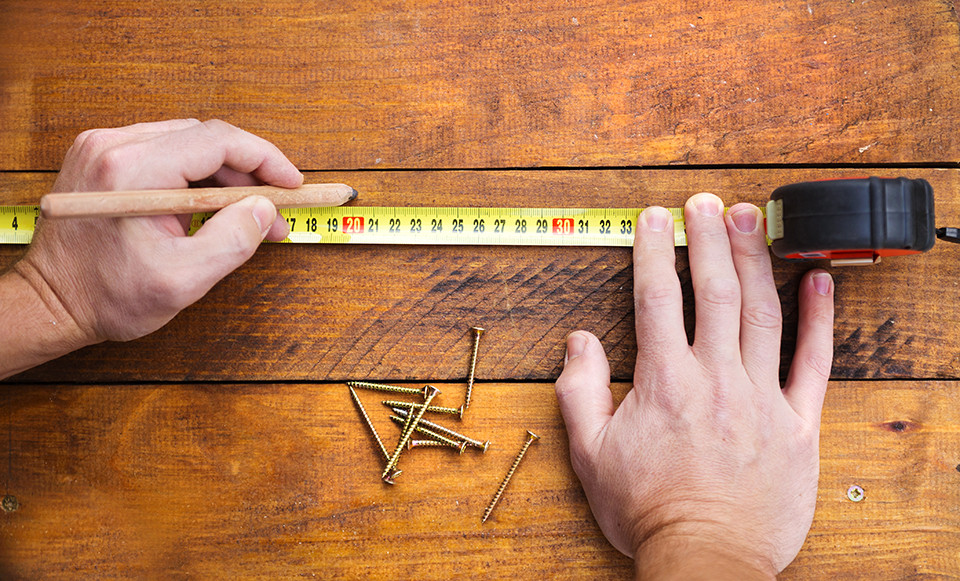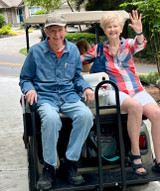How Do I Measure My Grief?
After someone we love has died, wouldn’t it be wonderful if we could measure our heart, take a blood test that calculates connection, or estimate the volume of tears we’ve cried so that we could undeniably calibrate the bond, intensity, and intrinsic value of our grief?
The emotional reactions we demonstrate indicate an indescribable loss and vacancy in our lives as a result of the absence of our loved one. However, our brains cannot distinguish between this life change that presents as sadness and unmeasurable grief.
If only there were valid tools that could collaborate the intensity of our grief so that we could show family and friends how deeply it hurts. Unfortunately, what is available lacks the ability to define the bond we had.
Assessment Tools
There are “tools” that tout the ability to measure grief, but their credibility is inconsistent. Grief Assessments may help a person gain a better understanding of how they are coping with their loss, but they can’t assess the intensity of their grief. They measure symptoms, changes in behavior, social interaction, and movement forward in life. Keep in mind that even assessments can create inaccurate or misleading results. As humans, when we know we are being evaluated by a “tool,” we can “wiggle” the outcome.
A self-assessment that one can do on their own may be helpful when doing it at regular intervals. A before and after type of assessment is the favorable way to evaluate your progress. The obvious question requires your honesty when asking yourself: “How much is my grief interfering with the quality of my life?” (Not at all, A Lot, Somewhat, or Less than the last time I assessed myself.) What assessments can help us judge is how well we are coping with the impact of death on our life in the present moment.
Remember, like numbers that can be manipulated, assessments are only as good as the answers you provide. If you want an accurate score, answer as honestly as you can. Bottom line, even honesty can sometimes prove false. If you don’t feel “fine,” and your assessment says you are good, go with your gut feeling. It is your true gauge to something as complex as grief.
Factors that make measuring some grief harder:
•One factor that complicates the bereavement process is a death that is out of the “natural order.”For example, a child who dies before the parent.
•Another factor is an unexpected or sudden death. A family has no chance to prepare; and there was no opportunity to say goodbye.
•The closeness of the relationship to the person who died. Couples married for a long period of time and are interdependent upon each other. Human connections that develop dependencies upon each other and end leaving an emptiness and helplessness.
•The degree of suffering prior to death.
Accept that Grief can’t be Measured
In a recent article by Linda Findlay, from the magazine Aftercare, Funeral Home and Cemetery News, she sums this up quite perfectly. “When it comes to grief, there are no measures that can accurately represent the depth of sorrow a person feels or the path of grief that will be taken. Grief cannot be measured by any known, assumed, discovered, learned or defined way. Despite all the models of grief that have been created, grief can’t be specified in the exact same way for each person who experiences it. Grief is not determined by the length of time a person loved. Grief has no unit of capacity. Grief is what each person individually discovers it to be for themselves.”
Trust Your Own Measurement
When it comes right down to the whole concept of “measurement,” I don’t think there is anything as valuable as listening to your own heart. Your relationship with the person who died cannot be validated by assessment tools, counselors, family and friends, or countless other resources. These may offer opinions and observations based on your behavior; speculative guesses about your coping strategies; and negative or positive gains from your grief experience. There is no definitive options, advice, or narratives for getting beyond the loss that has changed your life.
Grief is a journey that only you can do. You may have support, personal affirmations and convictions that encourage you, and a desire to overcome this incredible absence in your life. But, attempting to measure the intensity of your grief is only a discouraging path. What value does it serve?
Grief is something you learn to live with...and that process begins anew each day. Your measurement of your grief for your loved one who died is truly between you and that person. It’s a reflection of your love, companionship, shared experiences, and memories. It’s not possible to measure the intensity other than to “feel” it in your heart. Taking small steps each day to right-side your life again is your challenge and your reward for walking the journey of grief and honoring the memory of this special person who died.
Perhaps it is best said in this quote: “Grief, I’ve learned is really just love. It’s all the love you want to give, but cannot. All that unspent love gathers in the corners of your eyes, the lump in your throat, and that hollow part of your chest. Grief is just love with no place to go” (Jamie Anderson). You just can’t measure that!
About the Author
Wings-a Grief Education Ministry was founded in 1993 by Nan and Gary Zastrow, after the death of their son, Chad Zastrow, as a result of suicide. In 2018, Wings celebrated 25 years as a non-profit organization. As certified grief educators, Nan and Gary share hope for the grief journey in workshops, seminars, and presentations. Nan’s writings share her vulnerability throughout her journey and reveals that a life shattered by grief can heal. Nan is the author of 6 books, a quarterly online grief eLetter, and dozens of articles published in various resources. Nan has regularly published articles in Grief Digest magazine since 2003. Visit the website: www.wingsgrief.org and the Wings Facebook page.




